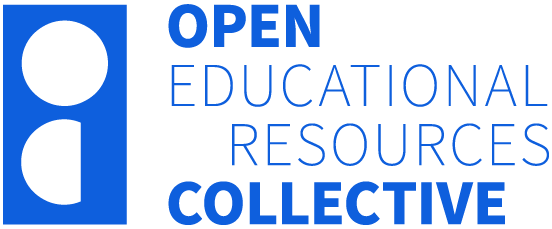Glossary
- Accessible/ accessibility
-
Making sure that everyone can use and understand spaces, information, services, or programs.
- Aids
-
Tools that help people with disabilities.
- Attention Deficit Hyperactivity Disorder (ADHD)
-
A mental health disorder that affects your brain’s executive functioning, as well as your ability to self-regulate and control your thoughts, words, actions and emotions. Also referred to as ‘ADHD’ or ‘Variable Attention Stimulus Trait’ (VAST)
- Autism
-
A condition that affects how a person thinks, feels, interacts with others, and experiences their environment. Also referred to as ‘Autism Spectrum Disorder’ (ASD).
- Communication
-
Communication is the process of transferring information from one person to another (or to multiple people). Communication can be verbal, non-verbal or written.
- Communication (aids)
-
Tools that help people with speaking or writing, like text-to-speech.
- Compromise
-
Where two parties/ people with opposing views are able to come to an agreement on a solution. Generally, this involves both parties/ people modifying their initial viewpoint to consider the other persons.
- Disability
-
A condition which affects a person’s body, brain, senses, or mind.
- Dyslexia
-
Dyslexia is a language-based learning disability. Dyslexia refers to a cluster of symptoms, which result in people having difficulties with specific language skills, particularly reading.
- Hidden (disabilities)
-
Disabilities that are not easily seen by others, like mental health, neurodivergence, hearing loss, or brain injury.
- Identity-first language
-
recognises that disability is a part of who the person is. Identity-first language doesn't only describe the person's mind or body, but also the person's membership of a wider group of people. Eg. "Autistic person"
- Inclusive/ inclusion
-
Making sure that everyone is treated fairly and can take part in the same activities or use the same spaces.
- Masking
-
Masking is the process of adapting, changing or hiding ones natural behaviours or way of being in order to 'fit in' or appear 'socially acceptable'.
- Medical model of disability
-
views disability as a defect within the individual
- Mobility (aids)
-
Tools that help people to move around, like a walking stick or wheelchair.
- Neurodivergence
-
When an individual's brain diverges or differs from what the society considers typical or ‘normal’.
- Neurodiverse
-
Comprising of both neurotypical and neurodivergent brains.
- Neurodiversity
-
Is defined as “the diversity of human minds”: the variation of functioning within our society; when multiple neurocognitive styles are represented in a group.
- Neurotypical
-
Individuals whose neurocognitive functioning falls within the typical or ‘normal’ societal standards. Neurotypical is the opposite of neurodivergent.
- Obsessive Compulsive Disorder
-
A condition where people address obsessions (such as fear of contamination or germs, or the need for order and symmetry) through compulsions (such as washing, checking, cleaning, counting, ordering and arranging). Also referred to as ‘OCD’.
- Person-first language
-
respects the personhood of people with disabilities. Person-first language puts the person before the disability. Eg. "Jane has schizophrenia"
- Self-advocacy
-
How we communicate our needs, wants and rights to access required accommodations or support.
- Self-care
-
Any activates that feel good for you and have your wellbeing at heart.
- Social model of disability
-
believes that disability is caused by society being unwelcoming of people with an impairment or condition.
- Stimming
-
The repetitive use of an object, such as flicking a rubber band, picking your fingers, using a fidget toy, or actions such rocking or jumping.
- Strengths
-
Knowledges, attributes or characteristics of a person that are considered well developed, or something they are good at.
- Teamwork
-
A group people working collaboratively and effectively together to achieve a common goal.
- Visible (disabilities)
-
Disabilities that are easily seen by others, like amputation; or are seen because of aids, like a wheelchair or an assistance animal.
- Weaknesses
-
Knowledges, attributes or characteristics of a person that are considered less developed, or something they are not yet good at.

